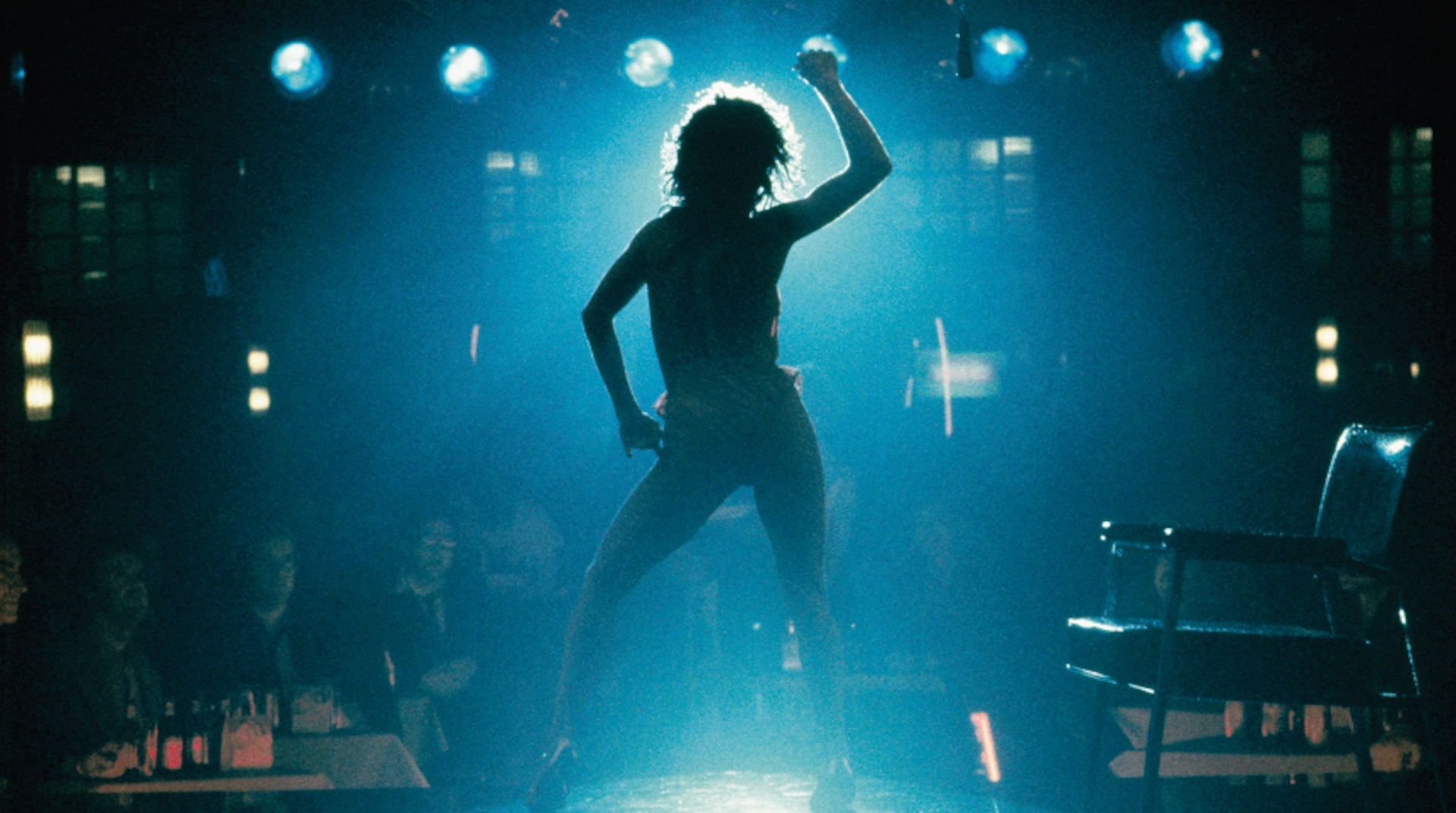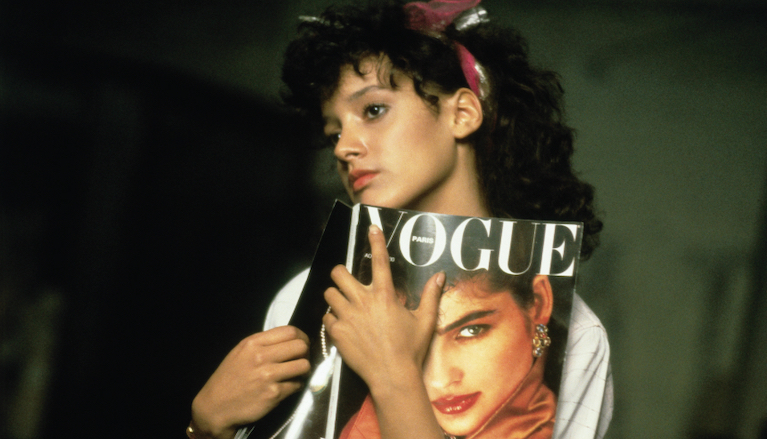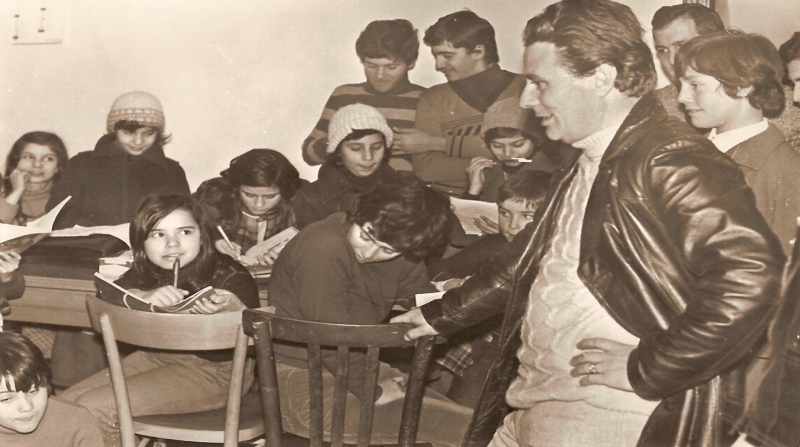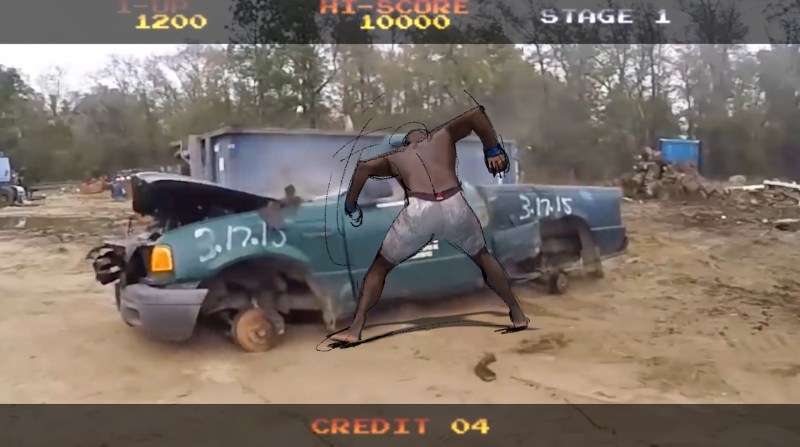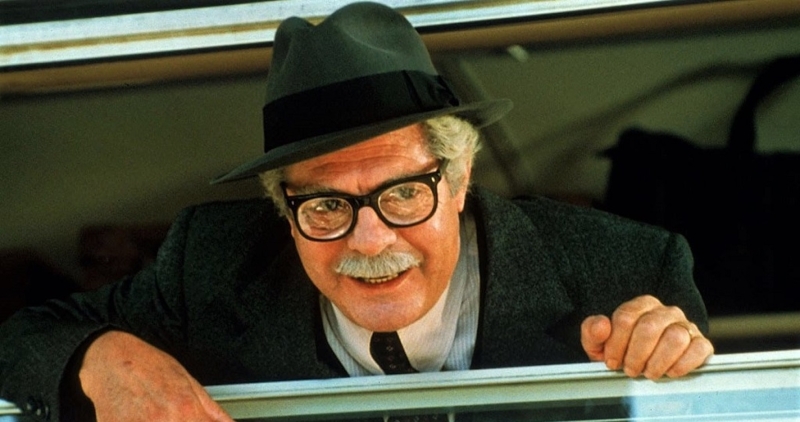Opening film: tribute 40 years later
Along with the late Tony Scott, Adrian Lyne is likely to be the boldest creator of forms in the cinema of the eighties. Trained as photographer (for Kevin Ayers, for example), throughout a fairly essential career he managed to depict the meaning of a momentous mutation in North-American cinema and the collective imagination by way of forms, i.e., visual constructions. The dramatic swerve took place in just three years, from Foxes to Flashdance, and was sensational. It was as though Lyne had captured, in near-documentary forms, a response of the nervous system to the language of commercials and music videos (borrowing from McLuhan’s insight). However, it was not just trivial imitation of other languages, otherwise one could not make sense of the gap between a Steve Barron and a Russell Mulcahy (even though the latter would deserve separate consideration).
Lyne allegedly captured – and foreshadowed – hyper-textual thinking that was yet to come. As a deeply cinematic creator, he sensed that the image had become an ‘other’ thing. Therefore, he put to use his photographic savvy to explore the astonished beauty of stasis and post-cinema icons on the surface of the bodies, with an almost Warhol like approach. Flashdance represents an actual epiphany. A phase transition.
The visible document of how cinema reacts to the ongoing change in visual perception, achieving storytelling in images. Changing the way images tell a story, the world depicted through them changes along. It is not a coincidence that one of the sub-texts in Flashdance is precisely the permanence of labour. With Flashdance, Lyne graduates as great narrator of melodramas. He realizes that the last by-product of the image, always renewable and mutating, is ultimately love. This tension between the image and the story of love and de- sire was to be explored by Lyne up to its extreme consequences. In this sense, Flashdance is the successful beacon of the calling to authorhood for a director who was to change radically how cinema should be thought and imagined.
Giona A. Nazzaro
Flashdance repackaged the American dream to women of colour at a time when it was particularly antithetical to do so. With Joe Biden transcending into the “working man done good,” attention has been turned once again to the blue-collar nature of Pennsylvania. A state that has always been associated with its steel mills, Pittsburgh where Flashdance takes place–is to this day nicknamed The Steel City regardless of the absence of any mills still existing within its city limits. In 1983, however, despite the steel crisis that began in the 70s, the industry remained prevalent enough to warrant the almost believability of Jennifer Beals playing the part of a welder named Alex Owens. [...] There are plenty of opportunities for Alex to flash her ass for the cash, literally (as immortalized by the famous water cascading scene at the beginning of the movie).
Accordingly, director Adrian Lyne’s association with the “erotic” would be established with Flashdance, though, via the films that followed, Jennifer Beals taking her bra off with her shirt still on would be looked upon as child’s play compared to the likes of 9 1⁄2 Weeks and Lolita. One of the writers of the script (co-written with Tom Hedley), Joe Eszterhas, would also go on to create more erotic fare, including Basic Instinct and Showgirls. [...] The notion that Flashdance was released during a time when the concept of the American dream was being repeddled anew is not without its dichotomy. For the Reagan years were a particularly discriminatory period for women of color–lest we forget Reagan’s rampant use of the term “welfare queen,” in addition to calling the welfare system in America “a creator and reinforcer of dependency.” At the same time, pop culture seemed to want to assure the non-white, non-upper classes of the U.S. that not all hope was lost just because the government and society at large had once again openly shunned them. Jennifer Beals in Flashdance was a beacon of this “promise” that the “American dream” truly could be for all (the unspoken asterisk of that “all” being people with at least some “white heritage” in their blood). Not just yuppies already born into a trust fund.
Senna Rivieccio, Culled Culture, November 9, 2020
There is something special about movies that feel like time capsules that in no way, shape, or form stand the true test of time. While the love and admiration of them is certainly questioned with a modern lens, they are still not seen as bad films, especially when considering the time period provides an understanding of that love. However, the most interesting part of it is seeing their original release date in comparison to the other two classics of the same decade and realizing that this is the first one that could arguably say it paved the way for the other two classics. This, of course, is referring to Paramount’s 1983 classic Flashdance, a film that, if nothing else, has one of the best soundtracks of almost all time, and is still rather entertaining, even solely as a product of its time.
Justin Waldman, Elements of Madness, April 8, 2023
script Tom Hedley, Joe Eszterhas
cinematography Don Peterman
editing Walt Mulconer, Bud S. Smith
music Giorgio Moroder
cast Jennifer Beals, Michale Nouri, Lilia Skala, Sunny Johnson, Kyle T. Heffner
ALL SCREENINGS ARE FREE
